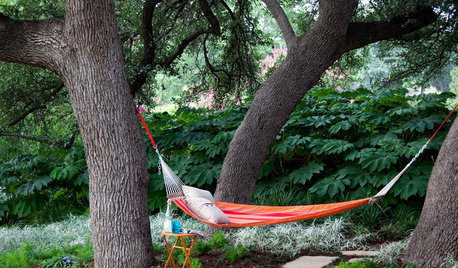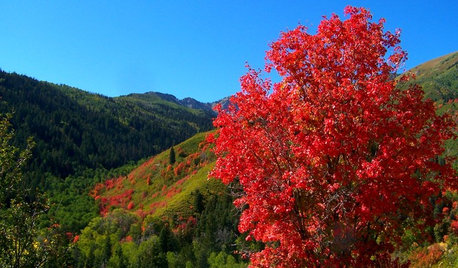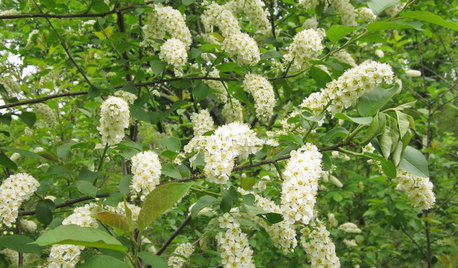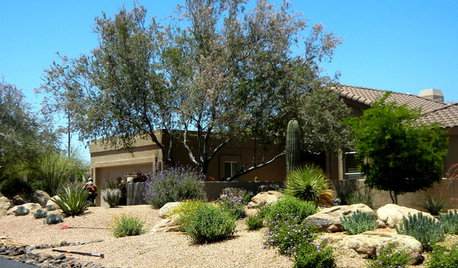Native Shade Trees (and understory trees)
girlgroupgirl
14 years ago
Related Stories

GARDENING GUIDES8 Essential Native Shade Trees for the U.S. Southeast
These beauties provide cool shade in the summer and easily withstand the heat and humidity of the South
Full Story
GARDENING GUIDESBigtooth Maple, the West’s Native Sugar Maple
Plant Acer grandidentatum for cool shade, brilliant autumn colors and songbird habitat
Full Story
GARDENING GUIDESPrunus Virginiana Thrives Under Deciduous Trees
Plant chokecherry for showy white flowers favored by native bees in spring, and to provide nesting habitat and food for birds
Full Story
TREESNative Plant Alternatives to Invasive Common Buckthorn
Learn how to identify and control this aggressive plant, and what to grow in its place
Full Story
GARDENING GUIDES10 Top California Native Plants, Trees and Grasses
Enjoy a fuss-free, water-wise garden in the Golden State by growing plants naturally in tune with the climate and wildlife
Full Story
LANDSCAPE DESIGN7 Great Trees for Summer Shade and Fall Color
These landscape-pro faves straddle the seasons beautifully. Could one enhance your own yard?
Full Story
TREESGreat Design Plant: Southern Magnolia, Iconic U.S. Native
Massive, fragrant blooms and deep green leaves set Magnolia grandiflora apart from other large shade trees
Full Story
GARDENING GUIDESGreat Design Plant: Olneya Tesota Offers Desert Shade
This long-lived Southwestern native tree decorates the sky with its dusty gray-green foliage and lavender-colored blossoms
Full Story
GARDENING GUIDESPlant Black Cherry Trees for the Birds and Bees
Plant Prunus serotina in the Central and Eastern U.S. for spring flowers, interesting bark and beautiful fall color
Full Story
GARDENING GUIDESHow to Keep Your Trees Healthy
Ensure your trees’ vigor for years to come with these tips for protecting roots, watering effectively and more
Full StorySponsored



laylaa
Iris GW
Related Discussions
Shrub/tree grows understory to HUGE oak trees
Q
Understory tree adapted to dry soils and full sun
Q
Understory tree.
Q
Canopy and Understory Trees
Q
girlgroupgirlOriginal Author
Iris GW
llink2
mayland
groundcover
nandina
girlgroupgirlOriginal Author
Iris GW
girlgroupgirlOriginal Author
Iris GW
nippersdad
satellitehead
satellitehead
girlgroupgirlOriginal Author
Iris GW
satellitehead
bagsmom
cyrus_gardner